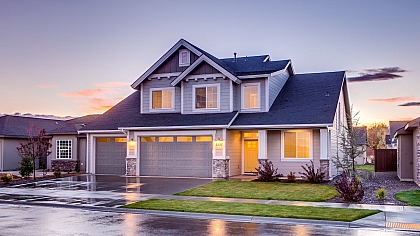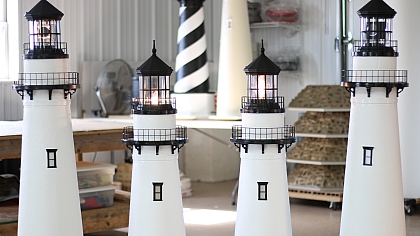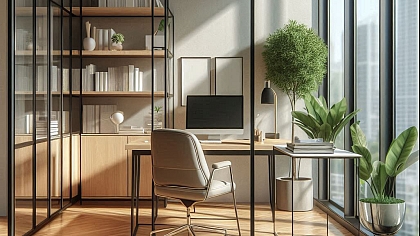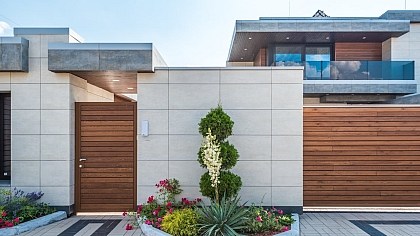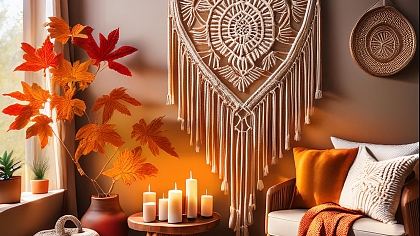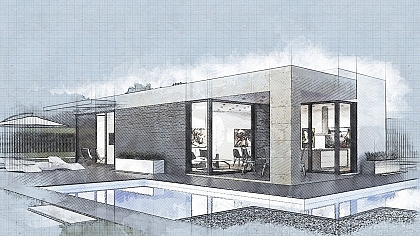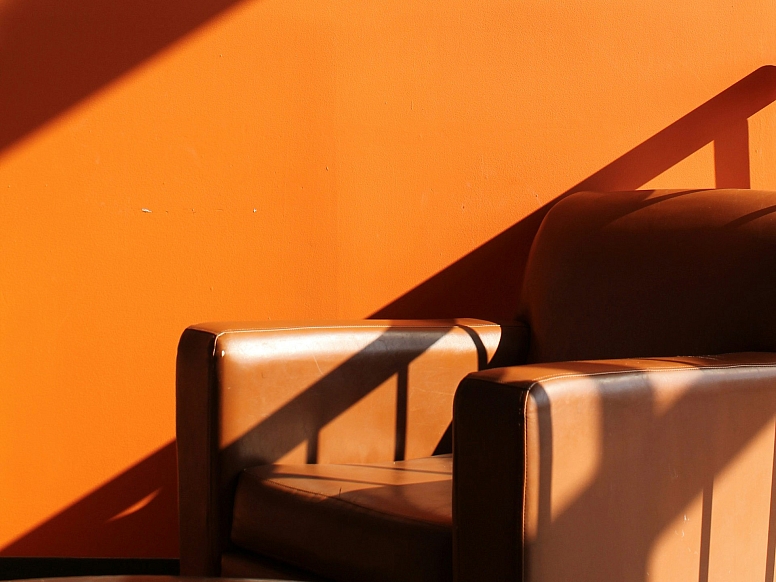
Using Light and Shadow to Create Dramatic Interiors
When you style a room, you’ll commonly think of colours, furniture, fittings and fixtures. But, what about light and shadow?
The way these elements interact with your space can impact the look and feel of your home, so they’re important considerations. For example, natural light will open up any room and help give your mood a boost, while shaded areas can add visual interest.
Your living space is your canvas and there's a lot to consider. Getting the balance between natural and artificial lighting is a great place to start, but it's only one part of the story. Light and shade will highlight your home flooring, walls, and furniture so choosing the right materials is essential.
Want to know more? Keep reading to learn how to use light and shadow for a dramatic interior.
Understanding the dance between light and shadow
Light and shadow go hand in hand when it comes to creating the right mood. Interior designers know that too much light can make a room feel overwhelming, and too much shade will make the space feel dark and gloomy.
Before you start arranging furniture, look at your windows and see how the natural light flows throughout the day. You can use this light to highlight furniture and interesting architectural features. Keep in mind though, that the light will vary throughout the year, so take time to understand this rhythm.
Give yourself options to filter the light and create shadows with sheer curtains and plantation shutters. This interplay will give the room depth, creating a dynamic space that enjoys shifting patterns of shadow throughout the day.
Creating drama with colours and textures
Light and shadow interact with colours and textures in different ways. Paint, wallpaper and flooring can reflect or absorb the light to create unique effects.
Before choosing paint, consider how bright the room is. Glossy paint will reflect the light, so it’s better suited to a dimly lit room. While a matte or textured variety will absorb it, which is ideal for a light and bright space.
Your flooring spans your entire home, so it’s important to choose something that works with your space. Hybrid flooring comes in a range of stylish wood looks, so you can easily choose the option that suits the dramatic look you’re after. A light, ash wood look finish will give you stunning contrast in shady areas, while a warm redwood will balance a bright space.
The art of shadow play with furniture and decor
Your furniture can influence the shadows, too. Large items such as your dining table and cabinets can cast bold and dramatic shapes, adding drama and artistic depth to the room. Or, a textured piece of furniture will add interesting borders to the shadows it casts in the room.
These shadows give a room character, so check throughout the day to see how the light lands. Experiment with different placements but make sure the furniture doesn’t block the natural light flow.
If you feel like the room needs more depth, consider adding screens to separate light and shade zones. When placed in the right spot, these will also create interesting effects — especially if you choose a translucent material like bamboo or fabric for dappled shadows.
Choosing the right lighting for dramatic effect
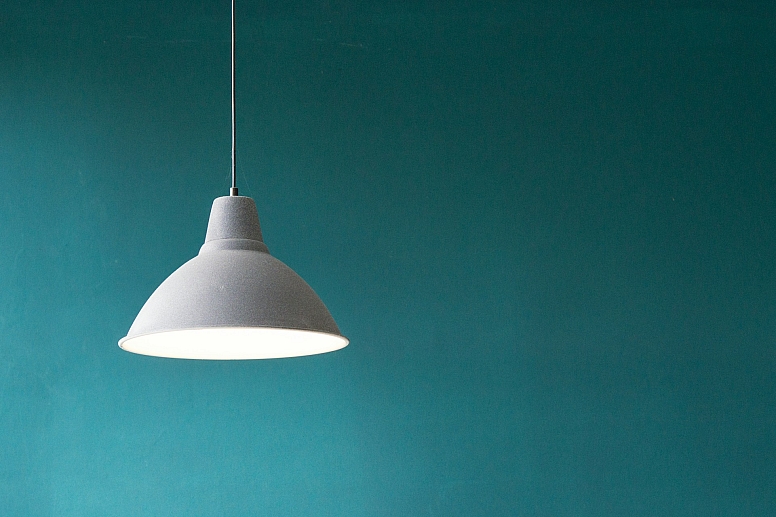
Natural light is nature’s mood booster, but it’s not the only way to add drama to a space. Layered artificial lighting will help add functionality while creating the perfect interplay between light and shadow.
Dimmable downlights can line the ceiling, giving you the perfect ambience for every activity. Then, use bright accent lighting to highlight key features — whether it’s your dining table, cabinetry or your favourite piece of artwork.
You’ll also need task lighting for those areas where you need to focus. A bright floor lamp behind your sofa can be used for reading, and a series of hanging pendants can be hung above your kitchen bench.
Your lighting will create light and shade and act as a design feature. Choose fixtures that match the style of your home and consider using smart, energy-saving bulbs.
Tips for maximising natural light
Some properties only have a few windows, so maximising the daylight you have is essential.
Here are a few tips to get more light in any room:
- Consider installing skylights to bring more light into your home
- Tint the windows in bright spaces so you can open the curtains
- Install reflective surfaces such as white paint and textured flooring
- Add layered curtains and shutters to filter the light throughout the day
- Hang mirrors on opposite windows to give the illusion of more space
- Rearrange your furniture to allow the light to flow through the home
Creating your own dramatic interior
When planning your interior, consider the way light and shade work together. Get the mix right and you will bring your home to life. Make the most of natural light, and complement it with layered mood lighting. And, use textures, colours, and furnishings to add playful shadows.
Most importantly of all, don’t be afraid to experiment and make changes as necessary. It’s all about making your home a comfortable, warm and inviting space.

